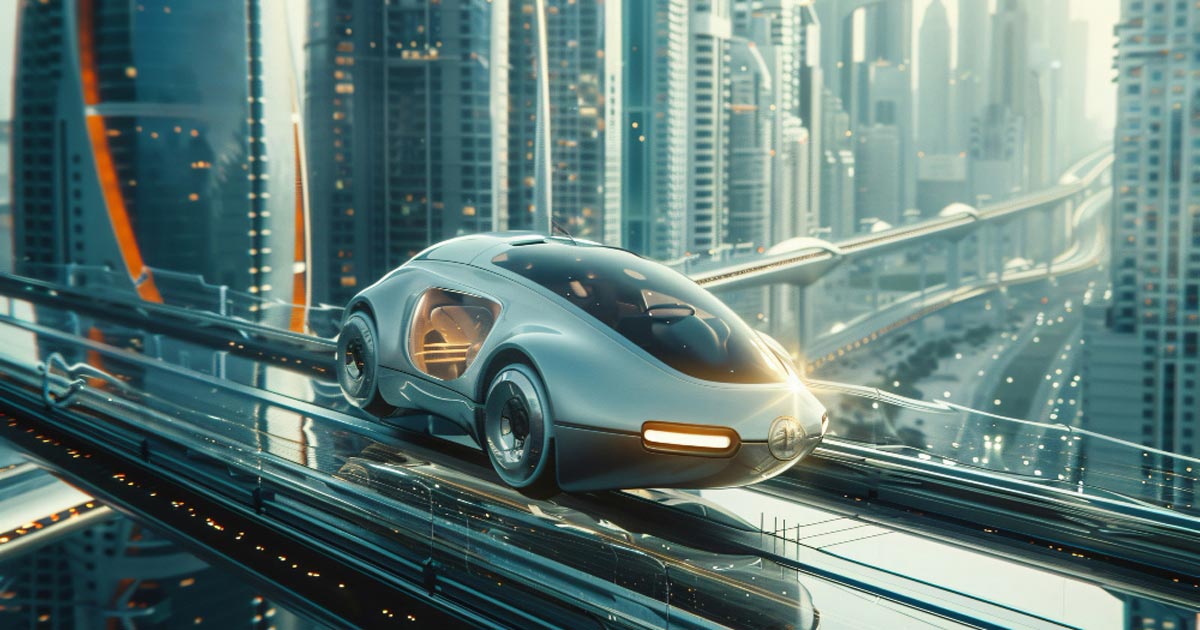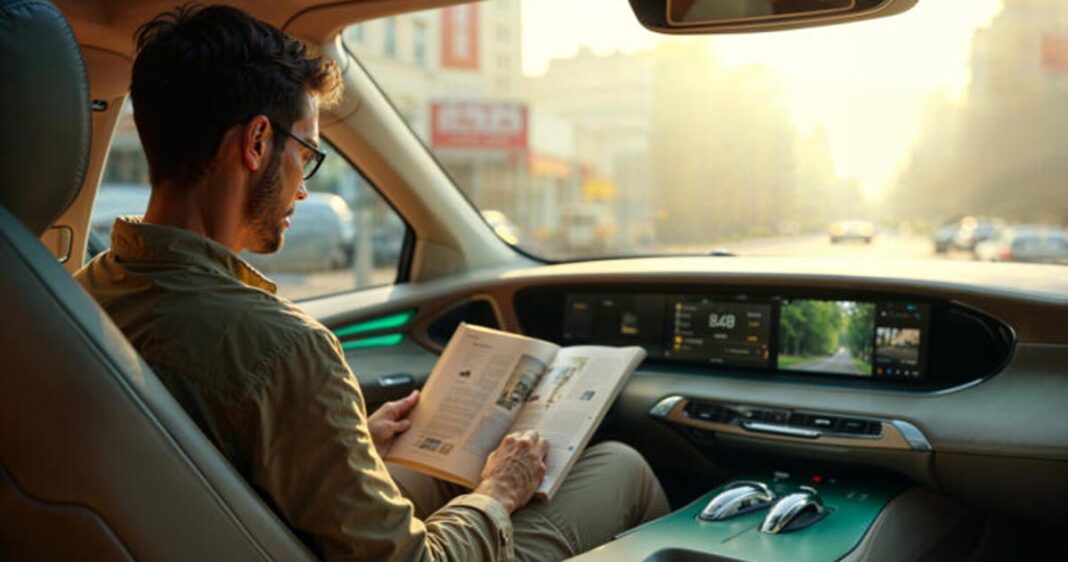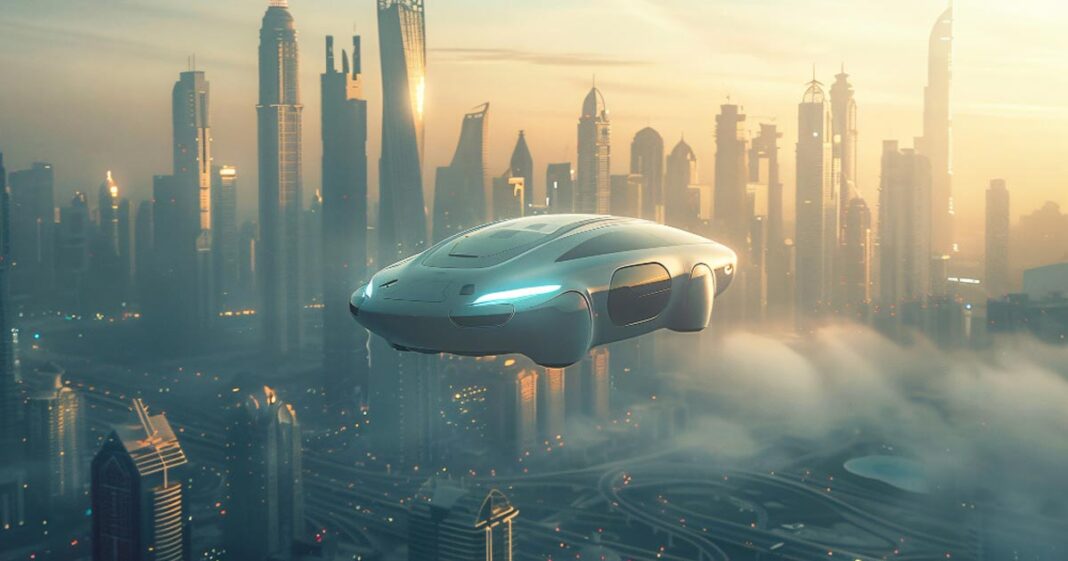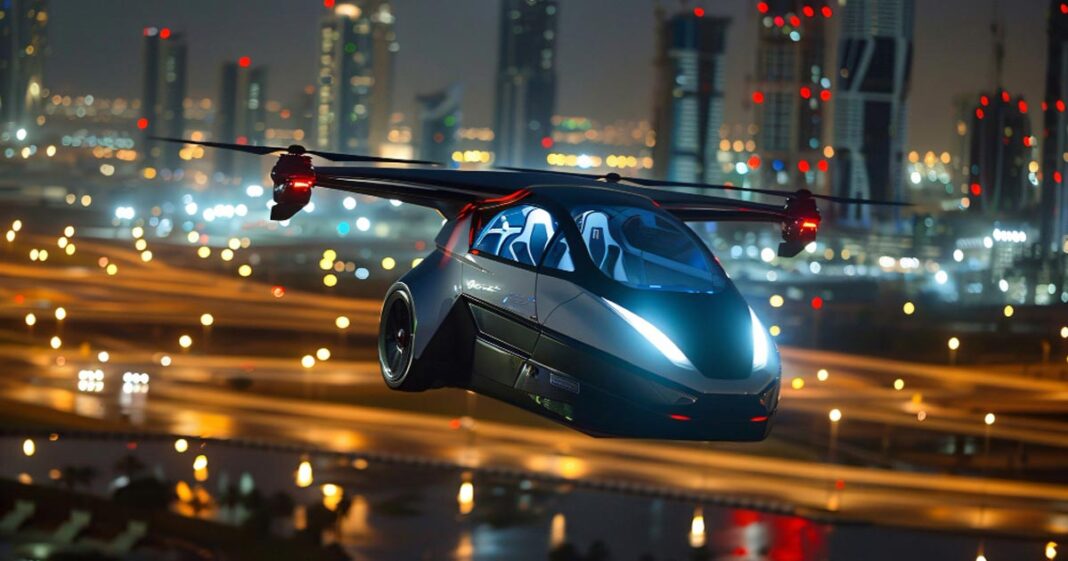
The automotive world has been abuzz with the promise of driverless cars for over a decade. Once seen as a sci-fi dream, autonomous vehicles (AVs) have moved from fantasy to functioning prototypes zipping around Silicon Valley, Beijing, and now, even Bengaluru. So as we cruise through 2025, the million-dollar question is: Are we finally ready for fully self-driving cars?
The answer — much like the road to automation itself — is not a straight line.
Leveling the Playing Field: Where We Stand Today
To understand how close we are, let’s break it down. The Society of Automotive Engineers (SAE) classifies autonomy into six levels:
- Level 0: No automation
- Level 1–2: Driver assistance (think adaptive cruise control, lane-keeping assist)
- Level 3: Conditional automation (driver may disengage, but must intervene if needed)
- Level 4: High automation (no driver needed in geofenced areas)
- Level 5: Full automation (go anywhere, no driver required at all)
As of April 2025, no consumer vehicle has legally achieved Level 5 automation. Most Tesla models operate at Level 2 with “Full Self-Driving” (a bit of a misnomer), while Waymo and Cruise operate Level 4 robo-taxi services in select U.S. cities.
India’s Bumpy Road to Autonomy
Autonomous vehicles require more than just tech — they need mapped roads, predictable traffic, strict regulation, and driver discipline. All of which, let’s admit, are challenges in India.
But that hasn’t stopped Indian minds from entering the AV race.
Case in point: Swaayatt Robots, a Bhopal-based startup, founded by IIT-Kanpur alumnus Sanjeev Sharma. With zero foreign funding and a passion for solving complex algorithms, Sanjeev and his team achieved what many believed impossible — building a Level 4 autonomous driving system tailored for Indian roads.
Their prototype car can detect cows, rickshaws, and potholes, and make real-time decisions in chaotic traffic. Featured in The Times of India and YourStory, Swaayatt’s success is proof that Indian innovation doesn’t need Silicon Valley credentials to impress.
Sanjeev was even awarded the NASSCOM “AI Innovator of the Year 2024”, and his work is being monitored by global automakers looking to scale in emerging markets.
What’s Driving the Shift?
Several advancements in 2025 are pushing us closer to automation:
- 5G Connectivity: With ultra-low latency, 5G networks enable real-time vehicle-to-vehicle (V2V) and vehicle-to-infrastructure (V2I) communication.
- AI-Powered Sensors: NVIDIA’s latest Drive Thor platform powers the brains of most next-gen AVs.
- LiDAR Gets Cheaper: Once a luxury, LiDAR sensors are now more affordable and integrated in vehicles like the Zeekr 001.
- Urban Sandboxes: Cities like Singapore, Dubai, and California have launched AV testing zones with full government backing.
Even in India, GIFT City in Gujarat has proposed an AV testbed with state funding. Tata Elxsi and Mahindra Tech are collaborating with international firms to design control systems for AVs.
Tesla, Apple & Indian Tech Giants Join the Race
In 2025, Tesla’s Autopilot is still technically Level 2, though its neural network system has evolved. Elon Musk continues to promise a robotaxi network “soon,” but global regulators remain unconvinced.
Interestingly, Apple’s secretive AV project, Titan, is rumored to be launching by 2026 with full L5 capabilities — but the Cupertino giant remains tight-lipped.
Meanwhile, Indian IT firms are striking gold. Infosys and TCS have signed multi-million-dollar contracts with German and Japanese automakers to provide AI infrastructure for autonomous navigation systems.
Are We There Yet?
Despite headlines and hype, the full vision of “get in, fall asleep, arrive at work” is still a few years away — especially in chaotic traffic scenarios.
But the progress is undeniable:
- Cruise AVs completed 2 million autonomous miles in San Francisco by late 2024.
- Waymo expanded to Phoenix and Los Angeles suburbs, offering paid public rides with no human driver.
- Baidu’s Apollo Go in China is now the largest AV taxi network, with over 200,000 trips per month.
- India’s Auro.ai, acquired by U.S.-based Ridecell, is developing AV software for campus shuttles and small logistic vehicles.
Reality Check: Challenges Remain
- Legal Frameworks: In India, autonomous driving laws are still under development. A proposed bill in Parliament aims to legalize Level 3 driving on highways by 2026.
- Public Trust: A 2024 survey by Hindustan Times revealed 67% of Indian drivers are “not ready to trust a driverless car.”
- Ethical Concerns: Who’s responsible during a crash? Can AI prioritize lives in split-second decisions? These remain gray zones.
Closer Than Ever, Yet Not Quite There
So, are we there yet? Not quite. But 2025 has brought us closer than ever.
And thanks to dreamers like Sanjeev Sharma and ambitious policies being crafted in India and abroad, the wheel of innovation keeps turning. Fully autonomous vehicles may not replace your steering wheel tomorrow — but chances are, your next ride will already be part robot.
Whether it’s a Level 4 shuttle on a corporate campus in Pune or a Tesla navigating Delhi’s Ring Road (on supervised Autopilot), one thing is clear — the future of driving is already here. Just not evenly distributed.





